Building the Next Era of Global Financial News
Verizon Business and Bloomberg Media are leading the way toward the future of broadcasting
For almost 60 years, satellite broadcasting has been the most effective way for media companies to reach their viewers anywhere in the world. Now, a first-of-its-kind pilot project in the US by Verizon Business and Bloomberg Media is exploring how 5G and mobile edge computing (MEC) could enable the next step in the evolution of broadcast media.
The two companies, each known for innovation and disruption, are partnering to test how 5G and MEC could transform the business of news. Together, Verizon Business and Bloomberg Media are testing the use of wireless technology to deliver content faster to more people in more places, and to gain insight into how that content is being consumed, potentially turning broadcast news into a two-way conversation.
The first pilot addresses the B2B market need of delivering 4K ultra high definition (UHD) channels to local video distribution hubs, using Verizon 5G technology to deliver content fast and efficiently without the need for expensive satellites.
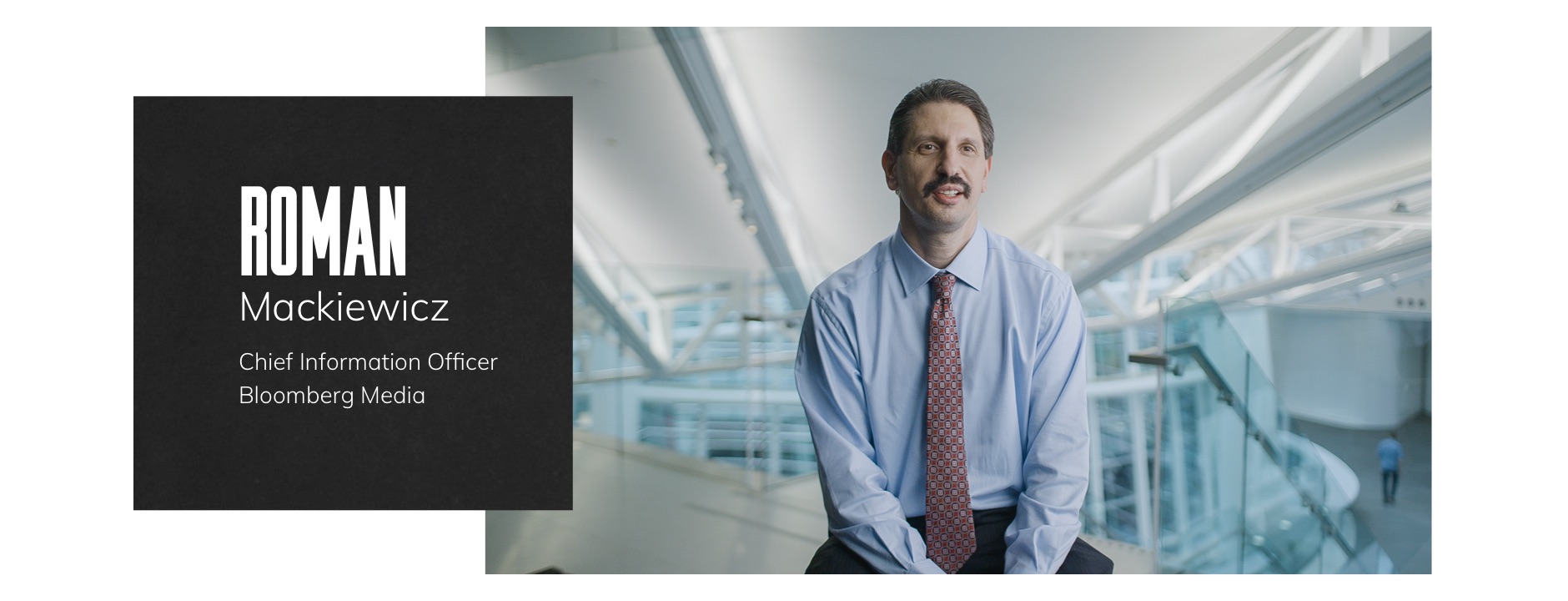

“Verizon and Bloomberg are both technology companies that put the customer experience first. This pilot is an excellent opportunity to provide real value to customers by delivering a higher volume of content in higher definition more quickly than ever before.”

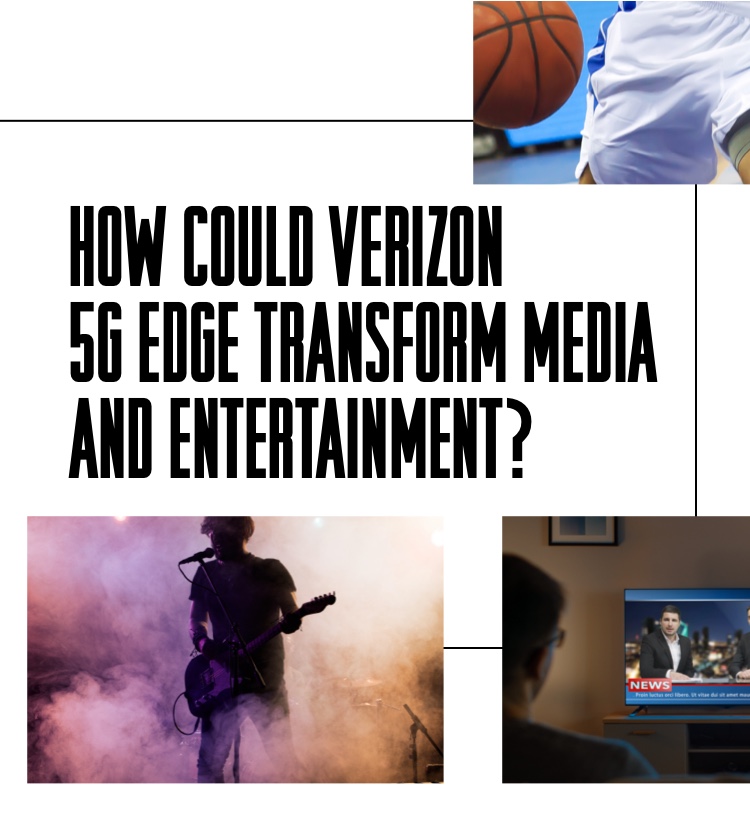
Verizon 5G Edge with AWS Wavelength, a public mobile edge computing platform solution in partnership with Amazon Web Services, is bringing the resources of the cloud to the edge of Verizon’s mobile network.
This, coupled with Zixi’s SDVP (Software Defined Video Protocol) and ZEN Master control plane, shows that it is possible to change the way broadcast content is packaged and delivered. This combination of Zixi’s protocol and software services helps to minimize the latency and simplifies the networking required to connect from hosted software services on Verizon 5G Edge with AWS Wavelength to the end user’s device, all while ensuring a high quality broadcast signal is maintained.
With ultra-fast speed, massive bandwidth and low latency, the Verizon 5G Ultra Wideband network could impact virtually every industry, especially media and entertainment.
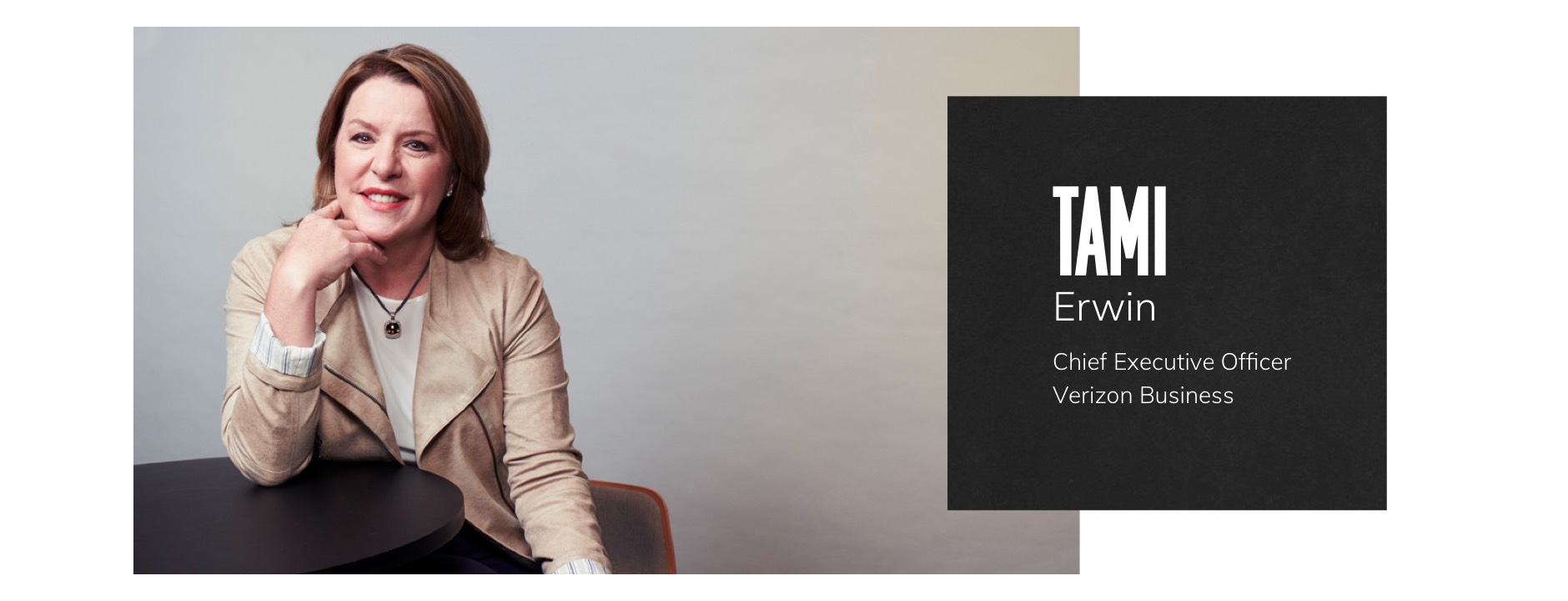
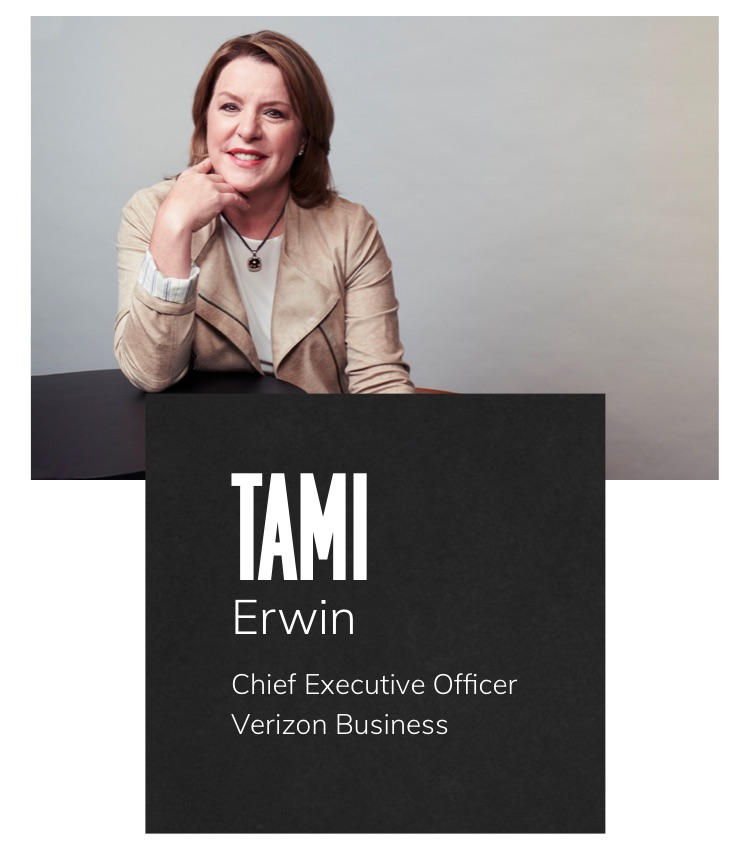
“5G and edge computing have the potential to revolutionize the media and entertainment space and reinvent how global business news is produced, distributed and consumed. By leveraging Verizon 5G Edge with AWS Wavelength and Bloomberg Media’s premium 4K UHD service, we’re testing how we can potentially reimagine the future of media delivery and the viewer experience.”

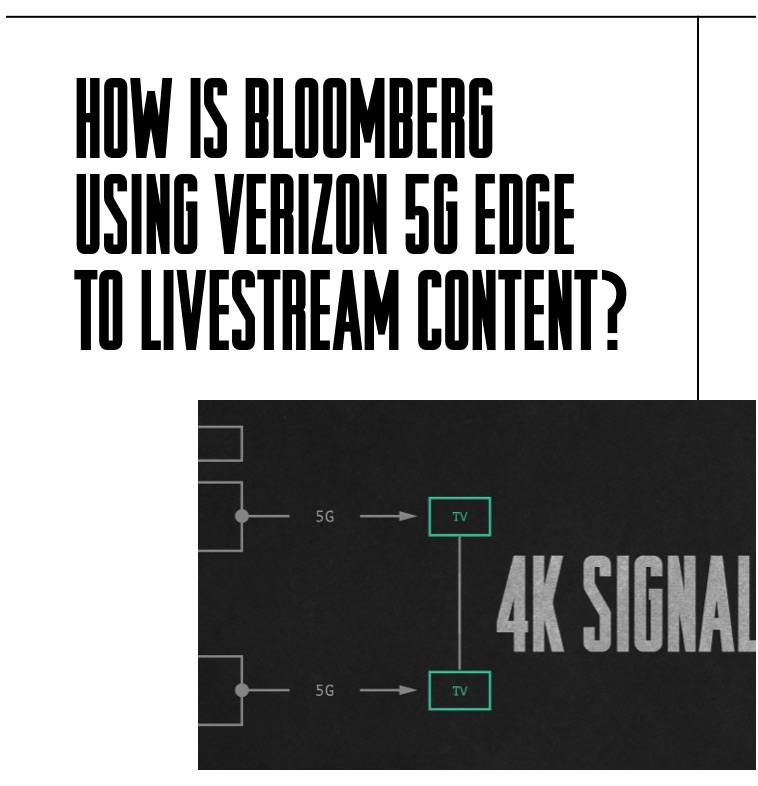
In the first pilot, Bloomberg is testing the delivery of live feeds of Bloomberg TV+ in 4K UHD to local video distribution facilities via the cloud instead of by satellite—using Verizon 5G Edge with AWS Wavelength.
When the pilot is complete, Bloomberg could have the capability to deliver live content without the need for costly satellite transmission. That means faster and more efficient content delivery—essential for media companies as viewers consume more live-streamed content than ever before.


“It could change the industry. It’s very rock-and-roll, it’s very disruptive, and that makes it exciting because this is the first time it’s being done in the world.”

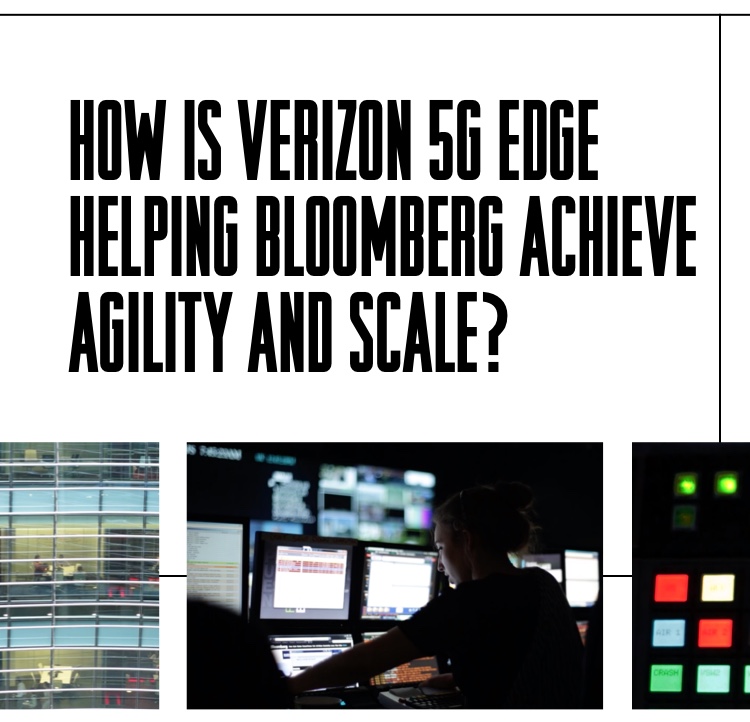
Bloomberg Media has 2,700 journalists working around the world. That might sound like a lot, but Mackiewicz says that covering the globe on a 24/7 basis and reporting on every global business market for all of Bloomberg’s media platforms—TV, OTT, radio, digital, print, podcasts—is a daunting task. For example, Bloomberg publishes an average of 5,000 stories every day—more than three stories every minute—so the newsroom needs the support of a strong and agile technology infrastructure. With Verizon 5G Edge, Bloomberg could have the ability to both deliver financial news and react to how its audience is consuming that news.
“Technology is an intrinsic part of how we think, operate and gather, collect and present news and deliver it to our customer, and then actually engage the customer to learn what they think about the content we’re delivering to them,” says Mackiewicz.
The partnership with Verizon Business could be an opportunity to create a larger audience for Bloomberg content, as well as offer more personalized content and advertising experiences to consumers as 5G and edge computing become more widely available, according to Mackiewicz. Verizon 5G Edge with AWS Wavelength could provide the foundation for the next generation of media services.
The ability to communicate bi-directionally with Verizon 5G Edge with AWS Wavelength could create more flexibility, capabilities and innovation in media and entertainment. Through the bi-directionality provided by this platform, metadata once only leveraged in web and streaming applications could be adopted for use in this new medium. This and other software elements yet to be developed could open the doors for interactive broadcasting and advertising initiatives of the future.
“I think of when the internet first started to gain mainstream adoption in the mid-1990s,” Pirrocco says. “That’s how much impact this could have over time. Ten years from now, it could be amazing because we’re just scratching the surface right now.”

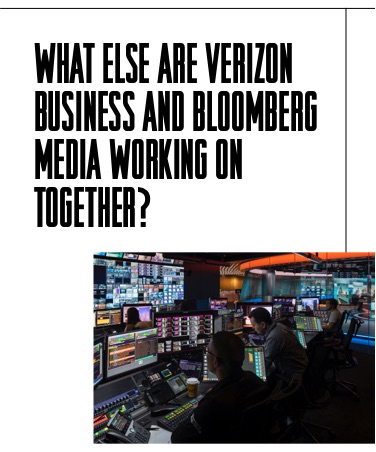
The pilot project to stream live 4K UHD content without satellites is just the first stage of Verizon Business and Bloomberg’s partnership.
Later this year, Verizon and Bloomberg expect to test streaming Bloomberg TV+ 4K UHD content via Verizon 5G Edge with AWS Wavelength direct to consumers’ Verizon 5G devices, so Bloomberg viewers could get their market news and business insights on the go.
Bloomberg TV+ for Cord Cutters
Bloomberg and Verizon are testing how to deliver a fast feed of Bloomberg TV+ to 5G users to enable cord cutters to get the same quality of access to Bloomberg content as a local cable station.
Verizon 5G Edge with AWS Wavelength provides next-generation platform services for application components that can take advantage of low latency and localization by geographical region, language and markets, so Bloomberg can test packaging more local language content and market coverage to consumers in a region or country. This platform is the perfect proving ground for the direct-to-consumer testing that Bloomberg and Verizon will execute in the US. (Enhanced personalization would be an opt-in model.)
Broadcast video streams will be delivered to edge computing components that will repackage the video formats to make them consumer-friendly. This will allow Bloomberg to take advantage of a universal source delivery mechanism, through which Bloomberg will be able to provide a single source of content that can be consumed downstream by both broadcasters and consumers. The content will be repackaged at the edge for downstream consumers, which is a powerful step forward in reducing the time it takes to get content to the consumer anywhere, and giving them the best and most natural experience possible.
Reformatting the content enables Bloomberg to deliver a more efficient and faster experience to consumers, optimized for their display at the edge, and provides the opportunity to incorporate more content such as native language captions, subtitles and transcripts, and potentially new combinations of video and audio material that natively fit their experience (for example, large-screen lean-back viewing, or on-the-go, mobile, portrait-style viewing).
“There has never been a point in time where the planet has been as connected as it is today,” Mackiewicz says. “We’re at the right time to take advantage of this partnership from a technology standpoint, from an operational standpoint and from a product and commercial standpoint.”
Launched in August 2020, Verizon 5G with AWS Wavelength is currently available in 17 metropolitan areas in the United States.
